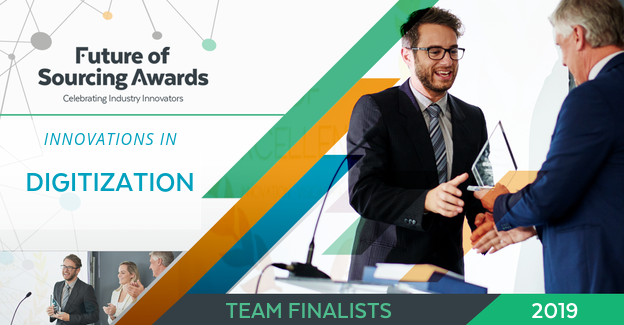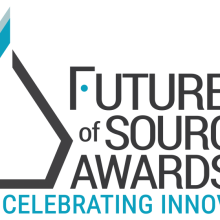Can you outline why your team embarked on this project and the problem that needed to be solved?
Our S2S (short for Sourcing to Stakeholder) platform was developed to be a scalable Strategic Sourcing information system for managing projects, suppliers, and most importantly to evolve our stakeholder relationships. Google’s mission is to organize the world’s information and make it universally accessible and useful. To do this, innovation, speed, collaboration and data are critical factors for our internal stakeholders. Within the Strategic Sourcing organization, we’re constantly balancing these factors while creating value with our stakeholders. Navigating a non-mandated, highly complex, and super-scaled environment comes with many challenges! That’s why we embarked on an initiative to organize Strategic Sourcing information, to make it accessible and useful, and to drive best in class stakeholder management.
How were things done originally and what was the inspiration to innovate the process?
Originally, the Strategic Sourcing Team would document each project through Google sites and documents, which is a powerful tool to retain RFPs, pitches, scorecards and contracts. Google sites are a one stop shop, easy to navigate and designed so that a newcomer to the project can understand the supplier selection process. Important information regarding projects and suppliers was available, but not centrally. Additionally, we recognized a major gap in valuable stakeholder information - Google’s business can change quickly and we didn’t have a great repository for our stakeholder information to support business continuity. We recognized a need for integration into one centralized system with an end to end view of strategic sourcing to stakeholder at scale.
What KPIs did you use to measure success for this project? (For example: performance, customer satisfaction, revenue, sales or relevant financial gains?)
S2S is used to manage our broader metrics across Strategic Sourcing, such as spend under management and rate reductions. Through the enhancements of bringing together project, supplier and stakeholder meta-data, we now look at deeper stakeholder engagement metrics, such as:
- Stakeholder satisfaction surveys and scores
- Customer retention levels
- Rate of strategic contact
- Defined leads and action plans
- Potential stakeholders converted to stakeholders with executed projects
- Pipeline development and forecasting
How do you plan to ensure that the new model remains relevant and adapts to the future needs of the market?
There is a shorter term and longer-term element to how the team is ensuring relevance for S2S. In the short term, we’ve implemented several rounds of user feedback and real time modifications/customization to make sure the tool is adapted to our needs. For example, S2S already updates relevant Strategic Sourcing managers if a stakeholder leaves Google or changes department or location. It also facilitates setting goals and managing delivery around relationship management objectives. Our long-term pipeline centers around further automation, focusing on areas can we automate in lower risk categories to enable more focus and time spent on our platinum stakeholders.
What advice do you have for those who may want to implement this innovative approach in their own organizations?
Two pieces of advice that the team has to offer:
- Plan ahead to invest time in a change management strategy and roll out. The platform will only be as good as your level of adoption across the team. Ensure that it’s customized to the appropriate level for your users and addresses what’s important and impactful for them. Set adoption KPIs and check in regularly against those KPIs.
- Iterate and evolve the platform over time. It’s been a multi-phased journey which continues to unfold as AI and machine learning present new opportunities to enhance the tool and features.
With innovations in digitization occurring very quickly in our industry, how do you see this specific project further transforming in the future?
Over time, the vision is to utilize machine learning and an AI model to deliver more value. Through these enhancements, the tool would drive personalized insights to each individual Strategic Sourcing manager and make meaningful suggestions based on usage. For example, it would identify a stakeholder that a Strategic Sourcing manager should meet with or provide a reminder to discuss the renewal of a contract that will be expiring. Emerging technologies will help deliver relevant insights to the fingertips of our Strategic Sourcing managers - a shift towards insights over real time dashboards. We’re progressing in bringing semi-structured data points like email records, calendar invites, meeting notes, CSAT surveys and social media together into one system and matching it with supplier spend or stakeholder data, but this is only the beginning.







